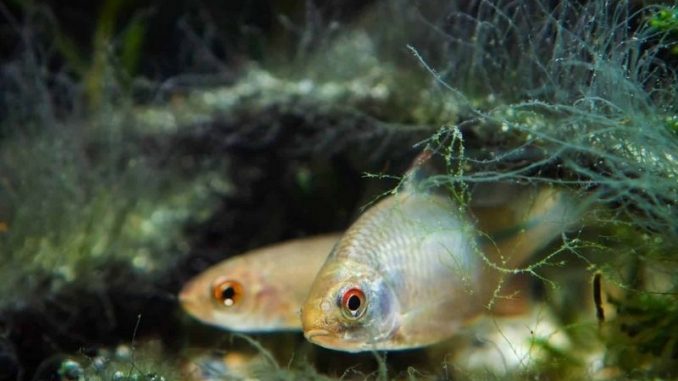
Maintaining an aquarium isn’t always easy. There are many issues that could arise at no fault of your own. One of the most common is algae, something that every aquarist will encounter at some point.
Staghorn is one example that can cause havoc if allowed to get out of control. It can be detrimental to the health of your live plants and it generally looks unsightly amongst your decorations.
An outbreak of Staghorn Algae can act differently between setups, and there could be a variety of causes. Don’t worry if you spot some though, there is always something that you can do about it.
We will help you with your Staghorn Algae problem. We’ll outline what it is and how to spot it, then move on to how you can eradicate it from your aquarium, providing lots of other helpful information along the way.
TABLE OF CONTENTS
What is Staghorn Algae?
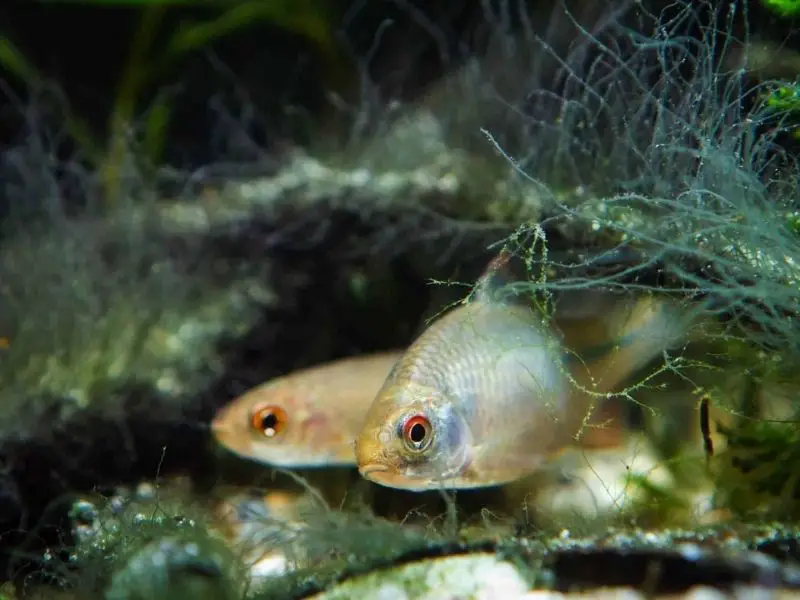 Staghorn Algae (Compsopogon sp.) are a genus of red algae in the Compsopogonaceae family. It is a common sight in rivers and streams and can be a nuisance in freshwater aquariums.
Staghorn Algae (Compsopogon sp.) are a genus of red algae in the Compsopogonaceae family. It is a common sight in rivers and streams and can be a nuisance in freshwater aquariums.
The appearance of Staghorn algae can vary quite a bit, so many different species were originally described.
However, there is now thought to only be one species in the genus, known as Compsopogon caeruleus.
It is found on every continent except Antarctica because it can tolerate a wide range of conditions. This is why it can easily spread in a new environment, including your fish tank.
Once it has entered your tank it can grow very quickly. It clings strongly onto surfaces too, so it can be difficult to remove by hand.
Staghorn Algae growth will accelerate over time until it covers virtually every surface in your tank. This causes problems for anything living within, especially your plants.
Not only this, but it can completely ruin the aesthetic of your aquarium once it takes hold, so most aquarists want it removed.
It is important that you know how to deal with algae when it appears. If an aquarium is maintained effectively, you should be able to avoid problems with Staghorn Algae in the first place.
Appearance
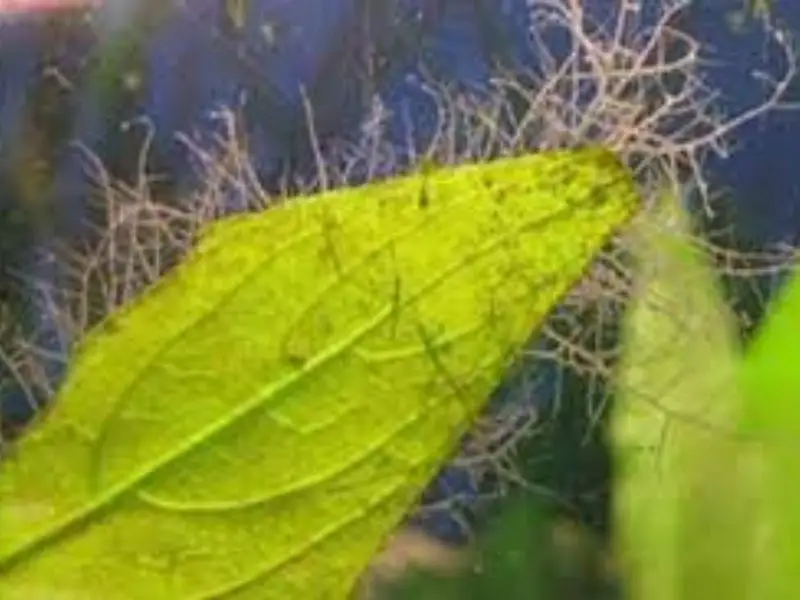
These are a type of red algae, so you would expect them to be red, right? It’s actually a grey/violet color, only turning red as it starts dying.
It is a filamentous alga, so it grows in thin and stringy branched formations. They tend to grow in dense clumps on surfaces like plant leaves, making them look fluffy.
As time goes on, growth accelerates, so the effect will get stronger and the colony will spread further and further around the tank.
Staghorn Algae can sometimes look a little bit like Java moss, which is an aquarium favorite. It could be easy to confuse the two, so it is very useful to know how to spot Staghorn Algae when it arises.
Causes of Staghorn Algae
There are many potential causes for Staghorn Algae blooms. If you can identify what has caused your problem, it will help when trying to rectify the situation.
Arguably the most common reason is a lack of nutrients. If there aren’t enough nutrients in your aquarium then your live plants will struggle, but this alga will thrive.
Staghorn Algae is excellent at competing in low nutrient environments.
Poor water circulation is another common cause. Water movement is responsible for spreading carbon dioxide and nutrients around the tank.
With no movement, your live plants will not get what they need for photosynthesis, resulting in malnourished areas that the algae can thrive in.
Too much light can be a problem. Leaving lights on for longer creates a longer window for algae to photosynthesize and grow.
Is Staghorn Algae Harmful?

Staghorn Algae will have the biggest impact on live plants in your fish tank.
It forces plants to compete for resources, and unfortunately, the algae tend to be much better at this, and they can thrive on a wider range of light wavelengths.
This means they can easily get out of control and cover all surfaces in the tank, which makes the issue worse. You should monitor Staghorn Algae closely and keep levels low.
Luckily, Staghorn algae have not been found to be directly harmful to animals in an aquarium. They can live alongside it unless it impacts the water quality.
Most animals enjoy having live plants in their environment, so if the algae harm your plant life, it could make your fish unhappy and stressed.
A small amount of Staghorn algae isn’t necessarily a bad thing. They take in toxic organic compounds (like fish waste) for growth. They also convert carbon dioxide into oxygen during photosynthesis.
Some organisms even enjoy having algae available as part of their diet.
Though a small amount may not be harmful, most aquarists do not like the look of it in their setup, so they want to remove it entirely.
Controlling Staghorn Algae
If you spot Staghorn Algae in your aquarium, don’t panic. There are a few ways to get rid of it.
Ideally, you will spot it quickly so that you can remove it as soon as possible, but there are ways to control Staghorn Algae even if it has spread throughout the tank.
Manual Removal
This is the simplest method and it is most effective when there is only a small amount of Staghorn Algae in your tank.
Use your hand to pull the algae from the surface. Try not to rip it or it may float in the water and spread. You could try using a toothbrush; gently spin it to wrap the algae around it.
Perform a large water change once you think you have removed it all.
Lowering Light
Reducing the light intensity in your tank is an effective way to slow the growth of algae, giving you an opportunity to remove any in the tank.
Limit the amount of time that your aquarium lights are turned on too. Your live plants only need 8-10 hours of light each day, anything longer will only encourage Staghorn Algae growth.
Performing a blackout is a more extreme method. This is where you turn off the lights and cover the aquarium to remove all light. Doing this for 3 days can kill algae. Do not add fertilizers or carbon dioxide during this time either.
Liquid Carbon
There are commercial products that you can purchase from pet stores to remove colonies of Staghorn Algae.
Liquid carbon can be added to the water which will support the growth of your live plants for outcompeting the algae. This should kill off the algae over a few days.
You can apply liquid carbon directly to a localized outbreak too. Its acidic nature will help to kill the algae.
The dead algae will then be eaten or filtered from the water, or you can then remove the debris yourself.
You can use hydrogen peroxide treatments in a similar way, but these can be harmful to your fish in large doses, and even more so to any shrimps you own.
Algae Eaters
When algae gets out of hand in an aquarium, many people choose to add a clean-up crew that will graze upon it.
Unfortunately, very few animals will eat this red alga.
Some success has been had with Royal Farlowella, Otocinclus, and Amano Shrimp, but these are not the most reliable options.
Preventing Outbreaks
If you are well prepared, you can avoid algal outbreaks entirely.
A good way to prevent outbreaks of Staghorn Algae is to have a heavily planted tank. Your live plants will use up nutrient resources in the tank, limiting what is available for algae to use when growing.
This only works if your plants are strong though, so you need to provide them with everything they need, like fertilizers.
It may seem counterproductive to add fertilizers when you’re trying to reduce algae growth, but with strong live plants, algae will find it harder to take hold.
Water circulation is crucial for moving nutrients around the tank. Stagnant water is the perfect breeding ground for algae.
We have already touched on this, but limit the number of hours you leave aquarium lights on; 8-10 hours a day is enough for your plants.
Perhaps the most important thing is regular maintenance. You need to put the effort in to clean surfaces/equipment in your tank, remove organic debris, and perform regular partial water changes.
Using a water testing kit regularly will help you to determine the health of your setup.
Summary
Hopefully, you now feel more confident about battling the Staghorn Algae in your aquarium.
You should be able to identify the cause of the problem and you now have many methods that you can use to deal with it. Most methods are pretty quick and easy, so you should have the algae gone in no time.
By determining what caused your Staghorn Algae to develop, you can fix it and prevent another outbreak in the future.
How did you deal with Staghorn Algae in your aquarium? Let us know in the comments below…


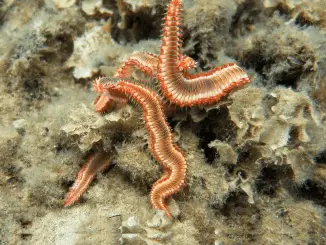

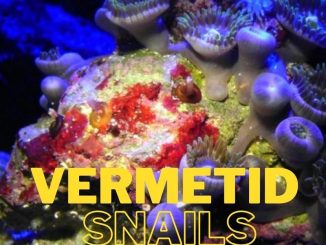
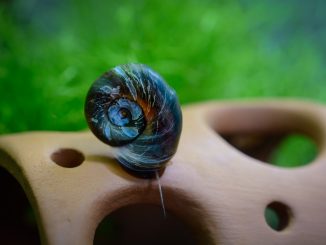
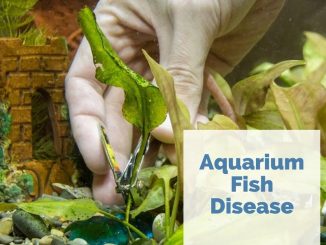

Be the first to comment